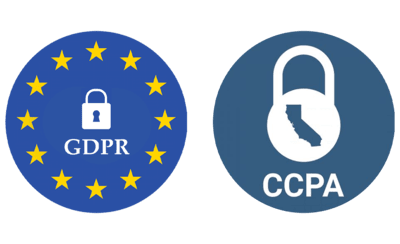
People can become addicted to different substances, activities, and also relationships. Some of the most common addictions are nicotine , alcohol, substance , gambling , porn or sex, digital and computer , codependency , etc. The addictions have 4 important traits:
It must include substances (e.g. alcohol), activities (e.g. gambling), or other people (codependency).
It causes substantial harm
Addiction harms not only the person with the addiction but also everyone around them. Relationships with others tend to worsen because addicted people may break promises and be emotionally absent. The damage may also be material (e.g. money spent on the substances or addictive activities can not be used for other necessary expenses).
Addiction includes repeated involvement despite the substantial harm
As someone’s addiction progresses (gets worse), that person feels “out-of-control” or “powerless” over their behavior. Despite their best intentions to remain in control of their behavior, there are repeated episodes with more negative consequences. Sometimes the person is aware of this reduced control. Other times they may deceive themselves about how easy it would be to quit “anytime I want to.”
Addiction includes pleasure and/or value
The addictive substance or activity can reduce anxiety, stress, or boredom in the short term. It also stimulates the feeling of pleasure or satisfaction. Therefore the addiction is preserved in time.
Our brains are evolutionarily developed in a way that would support our survival. We constantly crave food. Eating is important to assure our survival and therefore a reward system in the brain is activated. An essential neurotransmitter called dopamine is released in the brain and it leads to pleasurable feelings. The same system gets activated when we consume a substance or carry out other addictive activities. The reward mechanism motivates us to repeat the activities despite the harm.
Addiction causes significant changes in the brain and leads to impulsive and compulsive behaviours. Impulsivity refers to the difficulties of inhibiting behaviours and there is a tendency to live only in the present moment without the ability of autoregulation and the capacity to postpone pleasurable activities. In the case of long-term addiction, the impulsivity turns into compulsivity which means a strong urge to behave in a certain way to reduce anxiety. The addiction restores the feeling of satisfaction. Despite the changes in the brain it is still possible to learn how to regulate both impulsivity and compulsivity.
The addiction is preserved by abstinence which causes unpleasant feelings such as stress and anxiety. The liberation of the negative emotions becomes an important motivation to preserve the old behaviour. Emotional memory also has an important role because it associates the pleasant sensations with the addictive substance or behavior and therefore the addictive habits are formed.
Benefits vs harm
Evaluate the pros and cons of the addiction and the balance between them in the long term. If you are convinced that the harm caused by the addiction is high then plan the next steps. You can also pay attention to the potential benefits of giving up the addiction. Some people manage to recover from the addiction alone, but the support of specialists and close people can help a lot.
Seeking for support
Psychological counseling or psychotherapy can help a lot. Several organizations work with addictions in Estonia and other countries. If you would like to get some information or help related to a specific addiction you may click on the following words nicotine addiction , alcohol addiction, substance addiction , gambling addiction , porn or sex addiction , digital and computer addiction , codependency , etc.
 mental well-being and coaching services
mental well-being and coaching services 

